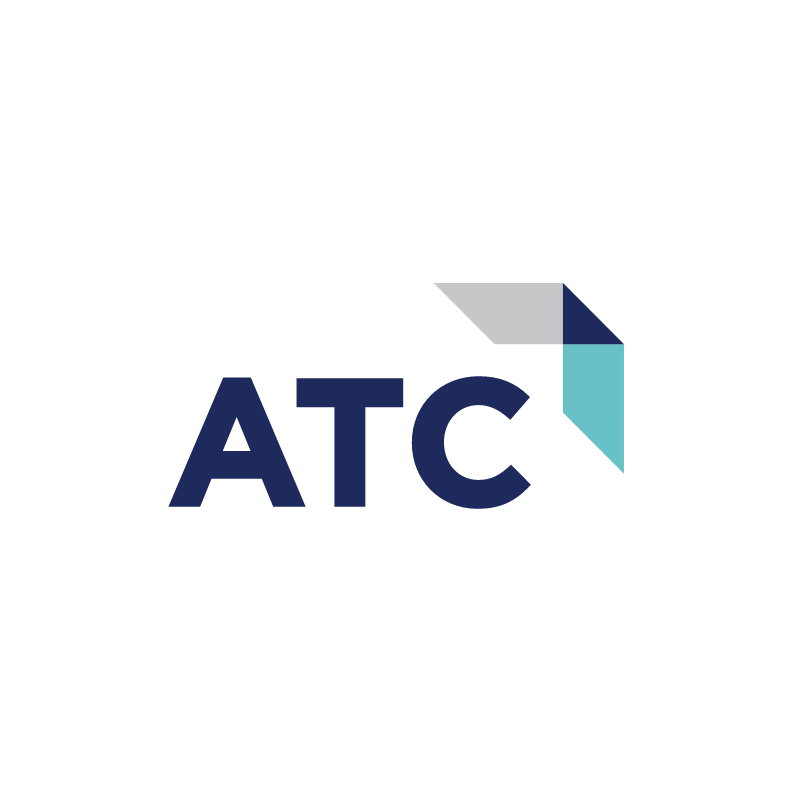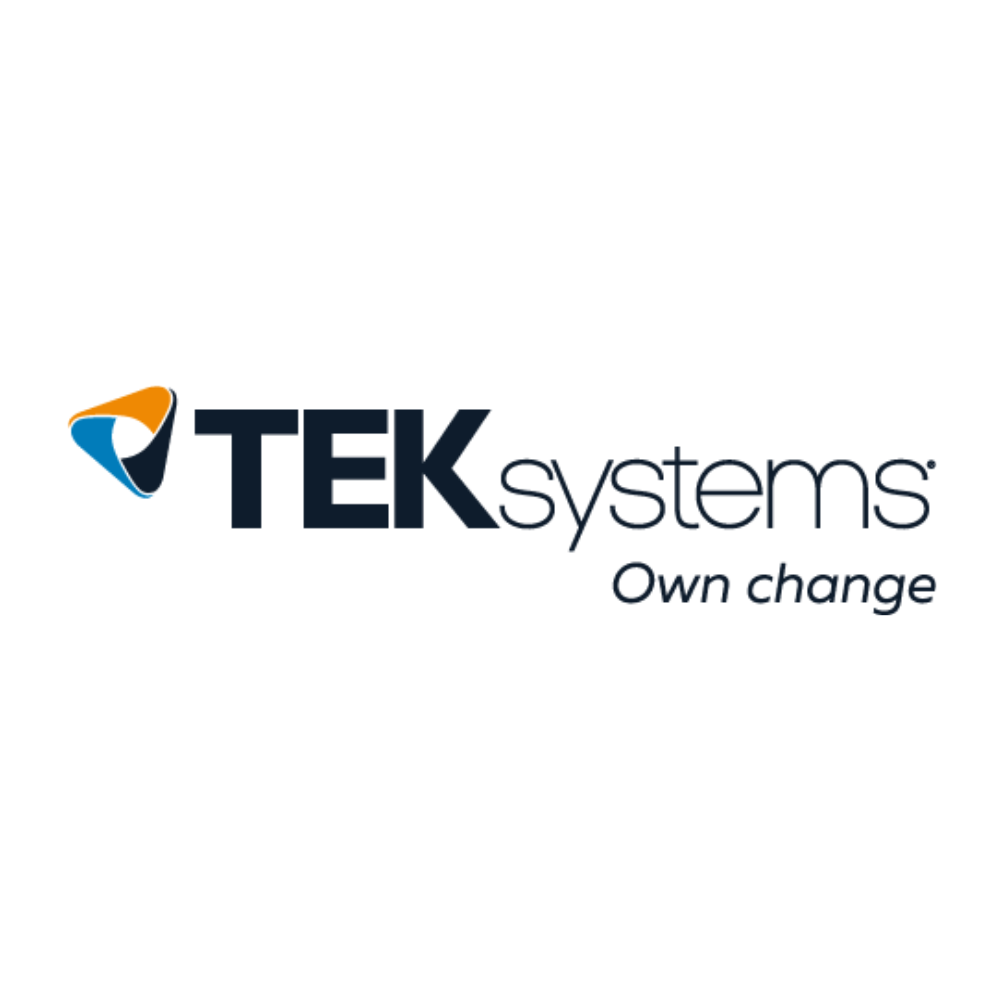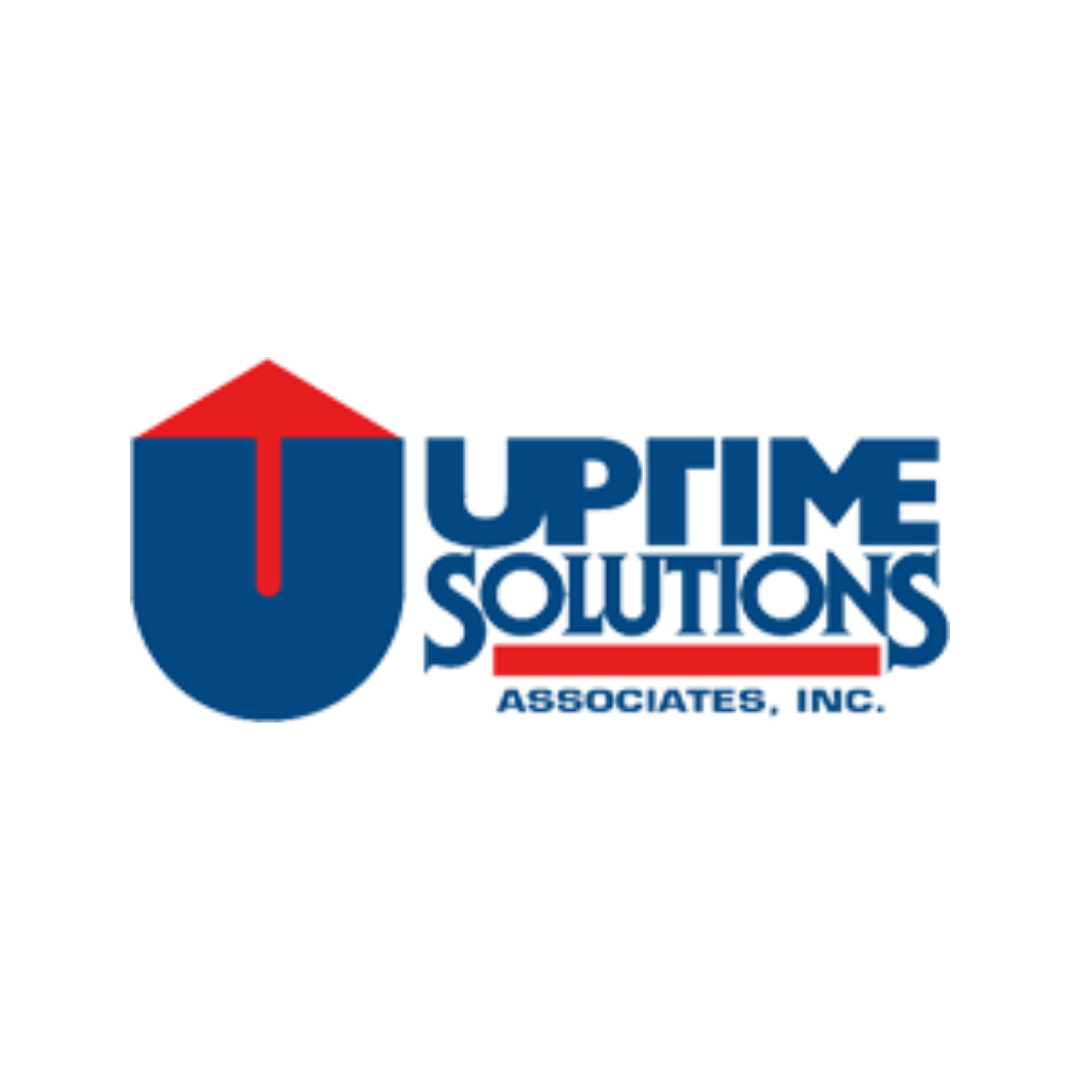
Software leaders face immense pressure. You’re expected to deliver high-quality products under tight deadlines, all while managing costs and keeping your team from burning out. Bugs, missed deadlines, scope creep, and unrealistic demands are often seen as part of the job.
If this sounds familiar, you’re not alone. In a recent Lighthouse Technologies survey of 110 software leaders, 27% reported experiencing burnout—a direct result of constant rework, late nights, and endless firefighting.

Many leaders accept this as the status quo, but it doesn’t have to be your reality. There is a better way! You can transform your team’s productivity and restore their work-life balance, allowing them to focus on what truly matters most—both at work and at home. Sound too good to be true? Here are three steps to get started.
1. Stop Managing Symptoms. Start Uncovering Root Causes.
Quality issues, missed schedules, and productivity challenges aren’t solved by throwing more people or hours at them; they’re solved by uncovering and addressing the root causes.
Consider a 250-person development team we worked with. They were five years into a two-year project—stuck in beta, drowning in open defects, and unable to release. Frustration was high for everyone, from customers to developers to executives.
Our initial Root Cause Analysis uncovered a shocking number of findings — 475 to be exact. One of the most critical? A high volume of overly complex code. Cyclomatic complexity, a measure of the number of unique paths through a piece of code, is a leading indicator of risk. Fragile code with high complexity is difficult to test, hard to maintain, and a breeding ground for bugs, and this complexity is a core reason that when a developer goes in to fix a bug or make an enhancement they likely break something that previously worked.
- A code module with 10+ branches is considered fragile.
- Modules with 51+ branches are considered untestable.
This client had 1,655 complex modules, representing 9.5% of their entire system. This wasn’t just a technical problem; it was a business problem.
ACTIONABLE INSIGHT: Complex code = Fragile code.
Use tools like SonarQube to regularly monitor cyclomatic complexity. A good goal is less than 1.5% of your software modules have complexity greater than 10.
2. Close the Defect Loop & Restore Confidence
The same team was discovering 22.1 new defects per day—but fixing only 20.3 per day. To make matters worse, their bad-fix rate was 25%, meaning every fourth “fix” broke something else.
The result? An ever-growing backlog of bugs and sinking delivery confidence. This isn’t just about an overloaded team; it’s about a broken system that erodes customer trust, developer morale, and leadership’s confidence in their team.
ACTIONABLE INSIGHT: Track your defect backlog and bad-fix rate over time. A high bad-fix percentage signals broken processes that need urgent attention—not just more testing.
3. Establish clear release exit criteria
Why does release readiness matter? We all want to know how well the software will work once it is released and how many issues our customers are likely to discover. Most companies simply plan 30 days of testing for major releases regardless of the number of defects being discovered. If you imagine that your team found 10 defects/day for the last 5 days, it’s bloody likely they will find 10 more defects on the 31st day (if they are allowed to continue). To improve release readiness, we need to track and report on defect data so management can make informed release decisions.
As an example, the below graph shows the team's predicted defects—worst case (blue), best case (green), and actual (black). By their scheduled release date (Feb 19 – the vertical, black dotted line), the team had discovered far fewer defects than expected. In fact, they had been discovering 5 defects/day for the past two weeks and the rate was steady. Additionally, they were approximately 100 defects short of the plan. Fewer bugs might sound good, but it’s often a red flag for insufficient testing.

Without this data, the client would have released a bug-ridden product, leading to customer frustration and more firefighting. Instead, they used the data to justify pushing the release and empowering their team to get creative with testing (see the blue oval).
The result? They released a system their customers loved, and the team not only got to celebrate their first win in what felt like forever, but also reclaimed their nights and weekends.
ACTIONABLE INSIGHT: Whether doing manual or automated testing, a tester’s job is not to execute test cases; it's to find unique defects. Encourage your team to think creatively and critically. This will empower your team, improve company culture, and lead to better software!
You Can’t Manage What You Don’t Measure
This transformation didn’t happen by chance. It happened because the team stopped guessing and started measuring. By shining a light on the root causes—not just the symptoms—they were able to:
- Resolve production issues
- Improve customer satisfaction
- Restore delivery confidence
- Finally breathe again
You don’t have to choose between delivering great software and protecting your team’s work-life balance. With the right data and processes, you can achieve both. That’s why at Lighthouse Technologies we live by the principle: you can’t manage what you don’t measure. If you’d like to improve your quality, schedule, productivity and work-life balance, let’s have a conversation and explore this together.
Special Opportunity for Technology First Members
Project managers know the triple constraints of quality, schedule, and cost are inextricably tied together. As we have helped software teams improve for the past twenty years, we realized that culture also plays a crucial role – the team must have psychological safety to raise issues and bring ideas forward. Our Software Performance Benchmark is designed to baseline your team’s current quality, schedule, cost, effort, and culture Key Performance Indicators (KPIs). From there, we baseline these KPIs against industry data to help you identify opportunities for improvement and chart a data-driven path forward to success. Remember – You can’t manage what you don’t measure.
The Software Performance Benchmark is normally only $10,000, but for Technology First members, we are offering it at a 50% discount. Not only that, if we don’t find at least a 20% improvement, it’s a full money-back guarantee. If you're ready to stop managing symptoms and start solving problems, reach out to us at team@lighthousetechnologies.com!
About the author: After nearly two decades as a software developer and test engineer for the U.S. Air Force, where he built automated testing platforms and helped his team achieve CMM-3 certification, Jeff Van Fleet discovered his passion for transforming how software teams work. He founded Lighthouse Technologies to help organizations boost productivity, rescue struggling projects, and manage complex implementations through streamlined processes and agile practices. Outside of work, he enjoys hiking, baking bread, telling Dad jokes, and cheering for Penn State and the Pittsburgh Steelers—all while prioritizing balance as a husband and father.














.png)




